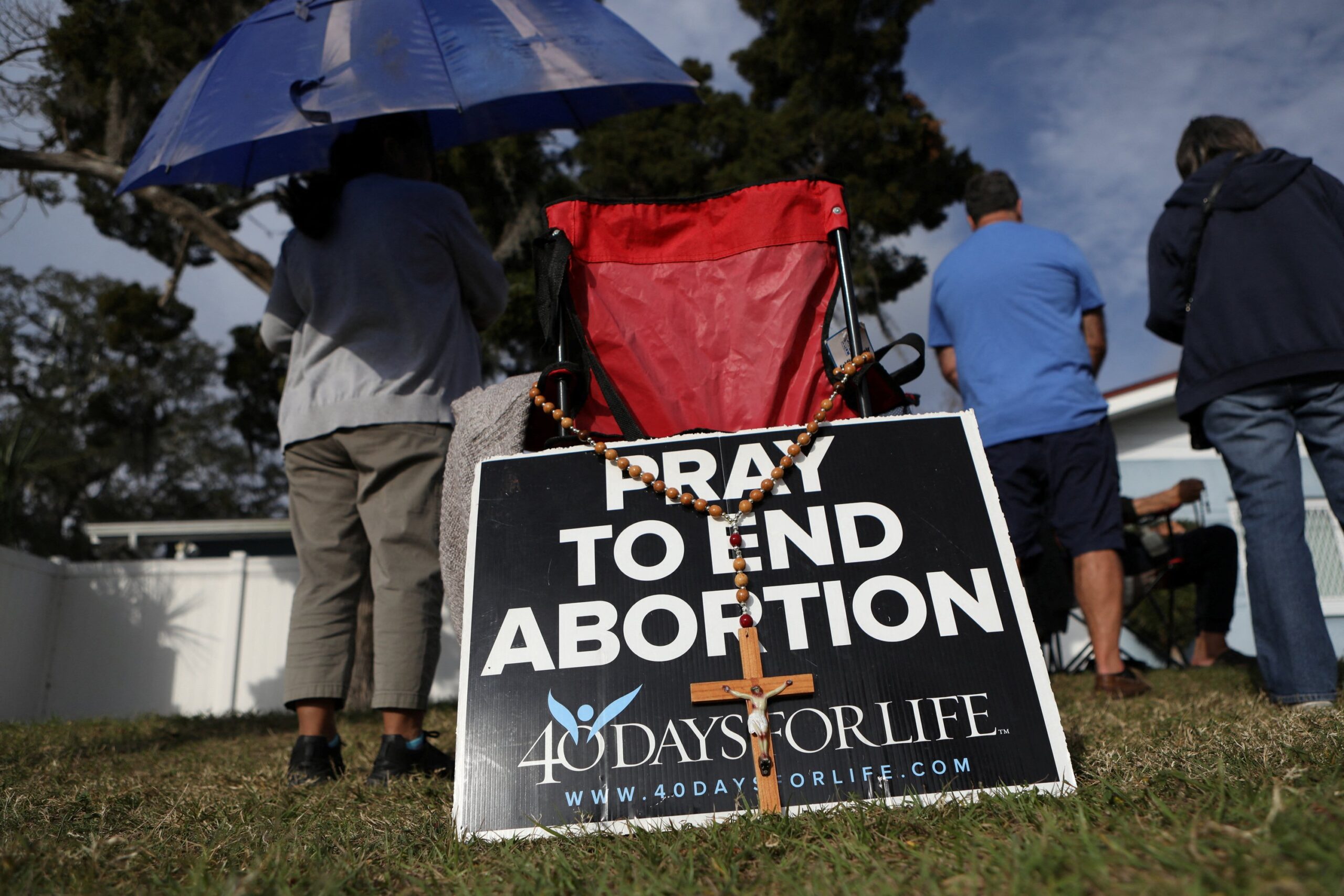State legislatures aim for constitutional changes to protect abortion
Lawmakers in 13 states since January have introduced legislation to fortify a right to abortion or amend state constitutions to include abortion, signaling a vigorous response to last year’s Supreme Court decision overturning Roe v. Wade.
The June 2022 decision by the Supreme Court in Dobbs v. Jackson Women’s Health Organization that the Constitution contains no right to abortion returned the issue to the states.
While congressional attempts to codify Roe at the federal level have stalled, Democratic legislators in nine states — Connecticut, Hawaii, Maryland, Nebraska, New Hampshire, South Carolina, Texas, Virginia and Washington — have proposed amending their constitutions to add an explicit right to abortion or to “reproductive freedom,” which includes abortion, contraception, sterilization, fertility treatments and other procedures.
Several states are considering legislation that would codify abortion as a fundamental right but stop short of including it in their constitution.
In the 2022 midterm elections, voters in California, Michigan and Vermont passed constitutional amendments protecting abortion. Constitutional amendments require a public vote in every state but Delaware, potentially setting up 2024 for several state ballots on the constitutionality of abortion.
Mario Villanueva, executive director of the Washington State Catholic Conference, said the Dobbs decision has driven legislatures even in states that already favor abortion to be more extreme.
“The effort to push pro-abortion legislation and agendas is significant this year, more than in a lot of legislative sessions we can recall to mind,” he said.
Washington’s Catholic bishops criticized in a letter the legislature’s attempt to pass “an extreme constitutional amendment” that would allow abortion up to birth and emphasized the need for laws respecting the sacredness and dignity of human life.
“We have to talk about how supporting women and families helps the public good, and we need to be willing to stand behind those who need support and value life,” Villanueva said.
Washington law requires two-thirds of the state House and Senate to approve a constitutional amendment prior to a public ballot. Without a supermajority in either branch, Democrats will need support from Republicans before they can send their amendment to voters, making it unlikely to pass.
Enshrining the right to abortion in a constitution insulates it from later legislative or judicial attempts to restrict the procedure and narrows the discretion state courts have when interpreting the law. Critics have argued the broad language of constitutional amendments protecting abortion from state interference could lead to the removal of any limits on the procedure.
“That’s not a phantom fear,” said Teresa Stanton Collett, professor at the University of St. Thomas School of Law in St. Paul, Minnesota. A constitutional right to abortion could trump other statutes restricting it if a case reached the courts, she said.
During legislative debate on California’s constitutional amendment on abortion, Democratic lawmakers were unable to say whether the amendment would change state laws limiting abortion past viability.
In Minnesota, a district judge last July struck down several laws relating to abortion, including parental notification requirements and a 24-hour waiting period, for violating the “fundamental right” to access abortion in the state’s constitution.
Supporters of legal abortion have argued they are only protecting current rights in state law against further interference.
Minnesota’s Protect Reproductive Options (PRO) Act, signed Jan. 31 by Gov. Tim Walz, makes abortion and other medical procedures including contraception, sterilization and fertility treatments “fundamental rights” in state law. A 1995 decision by the state’s Supreme Court established a constitutional right to abortion.
“Today, we are delivering on our promise to put up a firewall against efforts to reverse reproductive freedom. No matter who sits on the Minnesota Supreme Court, this legislation will ensure Minnesotans have access to reproductive health care for generations to come,” Walz said.
Maggee Hangge, policy associate at the Minnesota Catholic Conference, said the new law is more expansive than supporters have acknowledged. While its foremost goal is to prevent a repeat of Dobbs in the state and direct Minnesota courts to protect access to abortion and other services, it would “likely expand access to abortion,” including late-term abortions, she said.
Republicans failed to add amendments to the legislation to prohibit, with some exceptions, third-trimester abortions
Democratic control of the state legislature and governor’s office, coupled with the sense the midterms that swept them to power were a response to Dobbs, has created “the political environment to pass radical abortion laws long desired by abortion activists,” Hangge said.
Another Minnesota bill under consideration would repeal laws around parental notification, the born-alive infant protection act, informed consent, a 24-hour waiting period, data collection, non-physicians performing abortions and limitations on state funding.
During the passage of the PRO Act, Minnesota’s Catholic bishops argued lawmakers should instead pursue policies to support families and children, including better funding for nutrition, healthcare, child care and housing programs.
“We must be committed to a long-term strategy to ensure every child is welcomed in life and protected by law,” Hangge said.
This story was written by Nicholas Wolfram Smith writes for OSV News from California.
Featured image: Pro-life activists pray with rosaries as patients arrive at the Bread and Roses Woman’s Health Center, a clinic that provides abortions in Clearwater, Fla., Feb. 11, 2023. (OSV News photo/Octavio Jones, Reuters)



